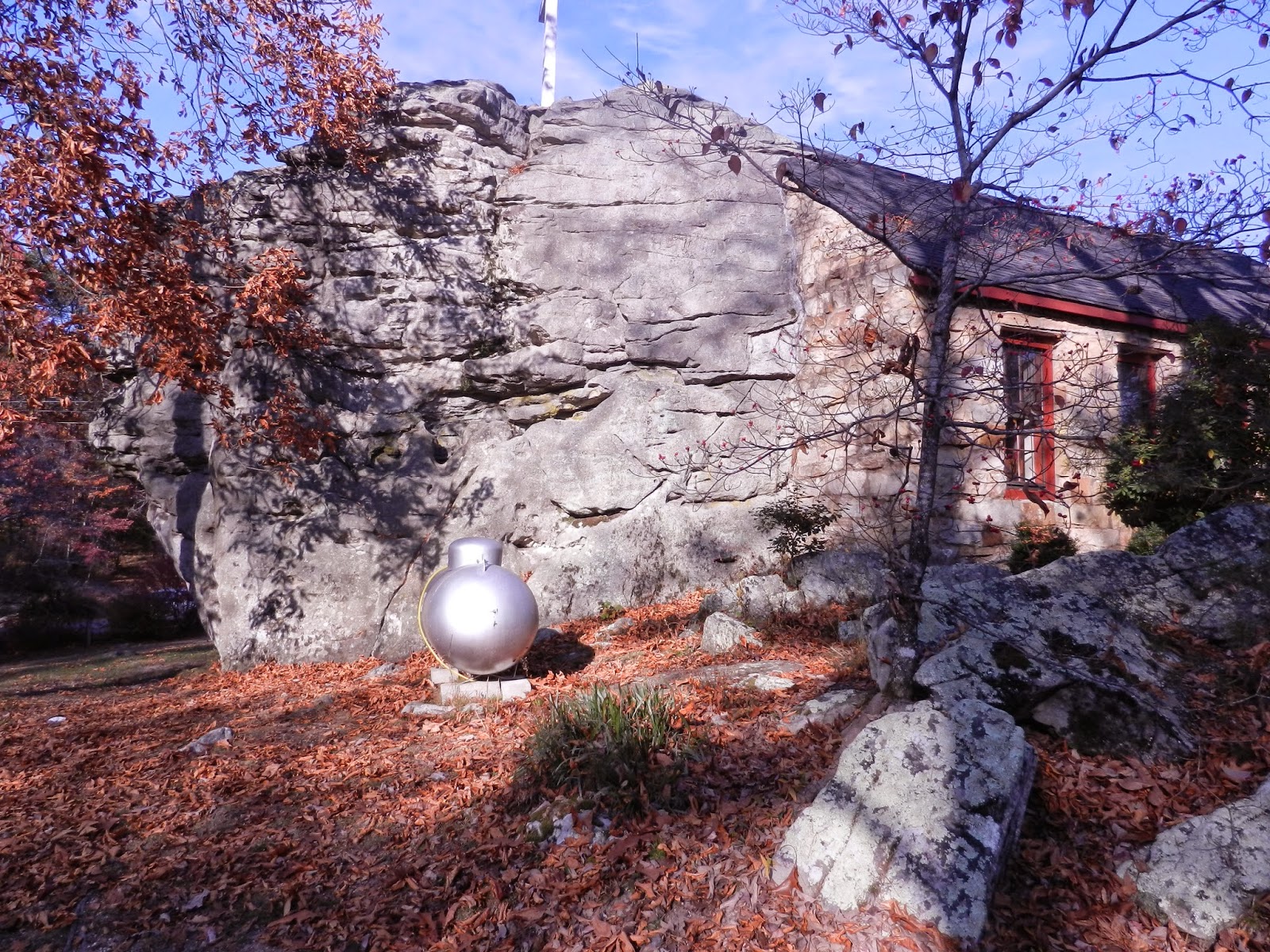That first article was a talk by Dr. Joseph Nathaniel McCormack [1847-1922] of Bowling Green, Kentucky, who at that time was Chairman of the American Medical Association's Committee on Organization. Some years later he edited Some of the Medical Pioneers of Kentucky.
His speech was given in Birmingham to the December 1906 meeting of the Jefferson County Medical Society. His title: "What the People Should Know About the Doctors and What the Doctors Should Know About Themselves."
McCormack's talk is a long, meandering one, but does have its funny moments; audience laughter is even indicated in this printed version. He opens by noting that he has given frequent talks around the country to doctors and others, many of them no doubt in his role as Chairman of an important AMA committee. He also describes his long career in Kentucky, where he spent more than 25 years on the state's board of health. All of this work and travel put him in contact with many important individuals outside medicine during which he learned something interesting about his own profession.
"Now I started out in life with the impression that I joined a great and dignified and highly respected profession, but when I came in contact with that first legislature twenty-seven years ago, I very soon found that it occupied such a low place in the public estimation that for it to support any bill pending before that legislature lessened the chances for passing that bill; that the endorsement of doctors did more harm than good."
McCormack discovered that many people, including state legislators, had confidence in their own family physicians, who often warned them about the incompetence of other doctors in the area. Thus people thought their own doctors were wonderful and all the others quacks. One of the main points McCormack makes as he closes his talk is to urge doctors not to speak ill of their colleagues.
Another problem he outlines is the sad state of health care during the recent Spanish-American War; many U.S. troops died from preventable diseases due to unhealthy camps. "...in regard to medical and health affairs, the men who have the training of the work have no authority, and the men who have the authority have no training." He is critical of political and military authorities who did not listen to physician calls for changes in the camps and and did not provide better funding.
"This is a bad record for the United States," McCormack declares, "but I am going to show you that the record for Alabama is worse than that." True to his word, he describes the 15,000 cases of "consumption" [tuberculosis] in the state, "with, of course, a very large death rate." The disease could be wiped out if care were taken to prevent bodily discharges from those already sick.
He moves on to typhoid fever in Alabama: 10,000 cases in the state in 1905 with 900 deaths. If water and milk supplies could be kept clean from the flies that often carry it, typhoid too would disappear. "In this State, in the capital of your State, I fanned the flies off of my meal in one fo the best hotels in your State, and tonight in one of the best hotels in this town I did a good deal of the same thing."
McCormack spends a great deal of time describing the method of transmission of typhoid from military camp latrines and urban horse stables that attract flies. Then he reveals racial prejudice no doubt common at the time. "In a city like this it is possible to banish the flies, although I am not positive but what you would have to banish the negroes with them, because they seem to follow darkies very closely." Ahem.
In discussing diptheria in the state, he makes a similar argument about attacking it with milk sterilization and then pinpoints the problem:
Distrust of doctors' motives is hampering many public health efforts that would prevent several terrible diseases from being so widespread.
This transcript of McCormack's talk takes up 23 pages of the journal issue. In the remainder he offers several ways doctors can begin to confront the distrust issue, primarily by meeting with such influential groups as druggists, lawyers and journalists. He also spends several pages [15-17] detailing the fact that most physicians make much less money than the public generally believes.
Suspicians about doctors' motives and skill levels have existed since ancient times. McCormack spoke at a time when anesthesia, knowledge about the real causes of many diseases, operating room cleanliness and increasingly complicated surgeries were combining to create the foundations of the medical care we have today. What should the people know about the doctors? That they are not mostly quacks out for a buck but professionals who can offer knowledge and skills about disease treatment and prevention. What should the doctors know about themselves? That they need to work together, not against one another.
At the close of his talk McCormack was greeted with (Loud applause).



































